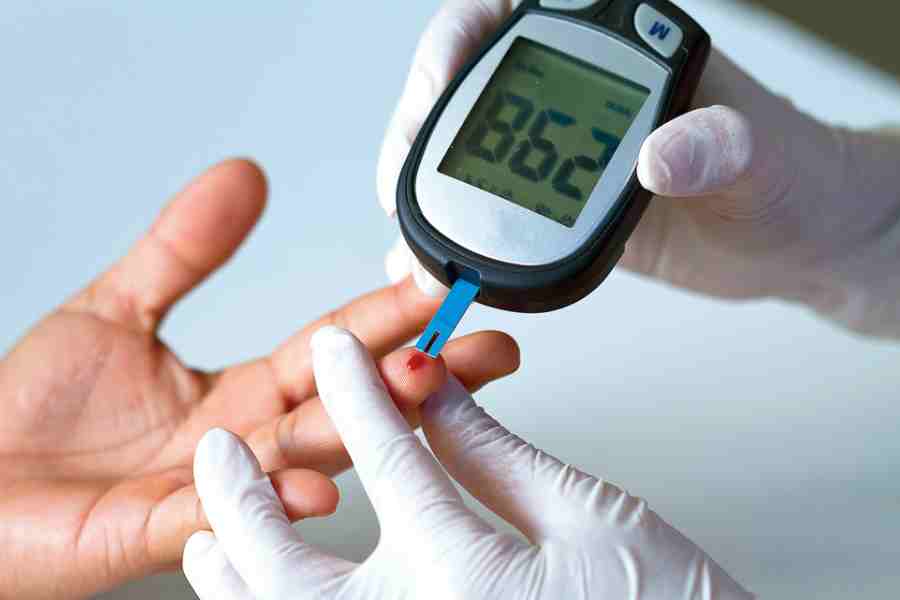A recent study has highlighted gaps in the treatment of diabetes in India, a nation grappling with over 100 million diagnosed cases.
Much of it has to do with a general lack of awareness of the disease, said doctors associated with the study.
Despite improvements in sugar levels, the study found that over 60 per cent of patients failed to achieve the desired sugar control over a course of three years.
The three-year study, conducted in collaboration with more than 450 centres — including those in Calcutta — across India on more than 6,000 patients, focused on Type 2 Diabetes Mellitus (T2DM). It was called The Longitudinal Nationwide Study on Management And Real-world Outcomes of Diabetes in India (LANDMARC).
The website of the US-based Centers for Disease Control and Prevention says that in Type 2 diabetes, the body does not respond normally to insulin, resulting in elevated blood sugar levels.
Eventually, high blood sugar levels can affect the heart, kidneys and other organs and the nervous system.
“While most studies look at the burden and incidence of diabetes, the LANDMARC study did a longitudinal follow up of people with Type 2 diabetes over three years, in patients already living with diabetes with an average duration of nine years, on two or more oral or injectable drugs, to understand the treatment patterns, glycaemic control and diabetes complications over time,” said Ashok Kumar Das, professor of medicine and endocrinology at the Mahatma Gandhi Medical College and Research Institute in Puducherry. He was chairperson of the steering committee for the study.
“The study highlights gaps in optimal diabetes management strategies in routine clinical practices. Much of it has to do with the awareness, or the lack of it, among patients,” Das told Metro.
A senior endocrinologist in Calcutta said patients had theoretical knowledge of diabetes but they did not use it for their own good.
“I ask my patients if they know why treatment of diabetes is needed. Because diabetes can cause so many complications; it can damage the heart, kidneys, nerves and what not. The aim of the treatment is to prevent them. Most of the patients say they are aware. But they refuse to believe it can happen to them,” said Subhankar Chowdhury, who was also associated with the study.
Diabetes is affecting Indians at a relatively younger age compared to the people in the West, the study has suggested.
The average age of diagnosis of Indians with diabetes was just 43 years and a whopping 35 per cent of participants belonged to the working age group, the study revealed.
“In India, people are getting diagnosed with Type 2 diabetes at a younger age. In the West, the average age of diagnosis is 50 years and more,” said Shalini Menon, country medical director for India and South Asia at Sanofi, the pharma company that conducted the study.
“The average age of diagnosis is lower in India, by at least 10 years, compared to the West,” said Chowdhury.
“Today, the treatment of diabetes has evolved from only sugar control to preventing complications like cardiac and renal failures. The availability of generic drugs has also helped. It has reduced the price of some drugs that were prohibitively expensive,” he said.
The report was tabled in the American Diabetes Association (ADA) Conference in San Diego, California, in June this year.
